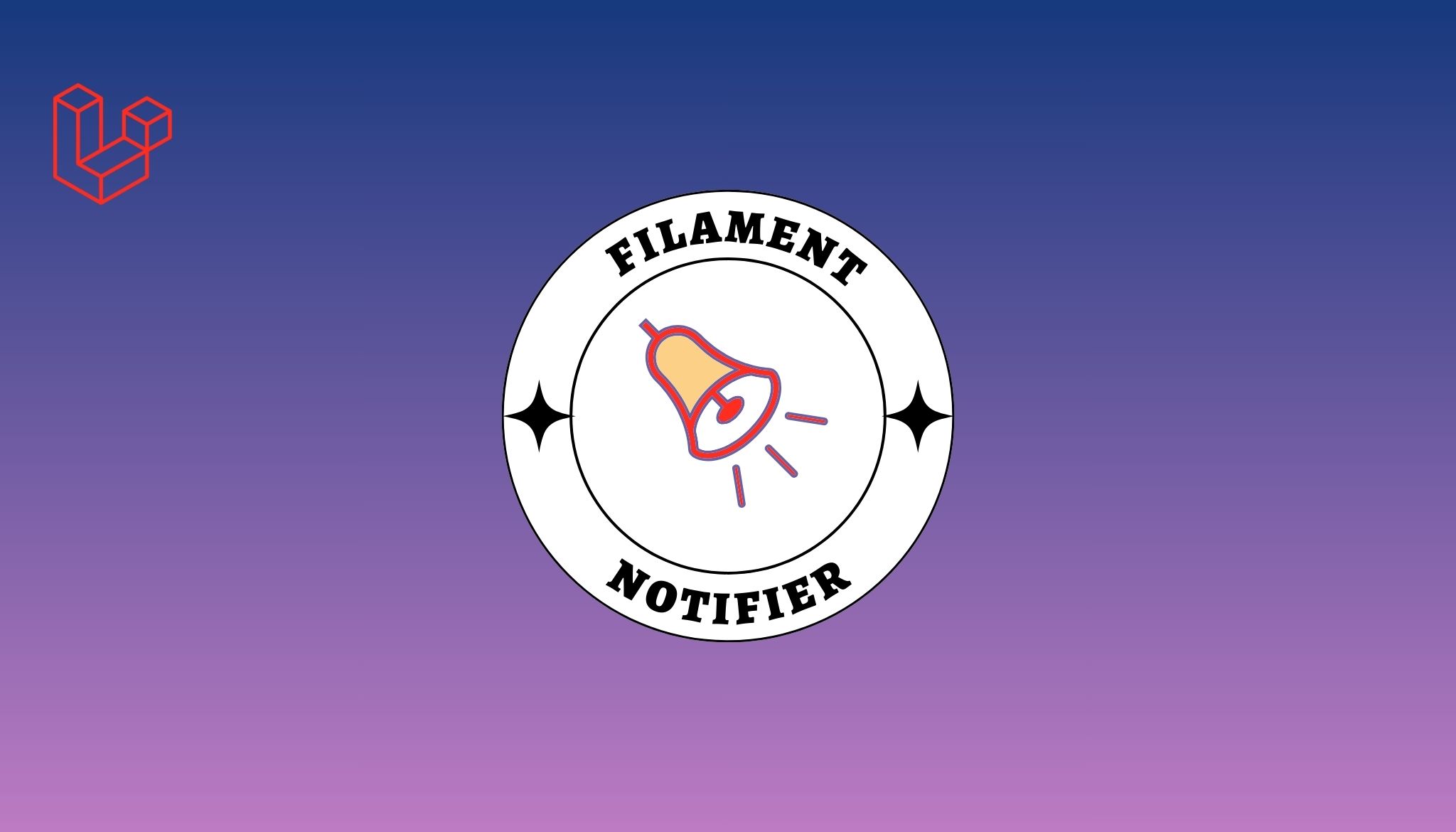I am going to let you know everything a professional Full Stack Mobile Developer or web developer has to know. Still, if you're just interested in understanding the basics — you can quit pursuing after "Domain names and Hosting" segment.
1. Foundation (HTML/CSS/JS)
The best method to start is by learning the three primary technologies all websites are made of. HTML characterizes the substance of a website, CSS specifies what it looks(fonts like/hues/pictures/and so on), and JavaScript allows you to progressively manipulate elements(everything intelligent you see on the web was made utilizing JS).
It will take you through the way toward creating your first website, and give you an excellent spot to begin.
2. Frameworks
Frameworks are tools that enable you to actualize all the standard usefulness a lot quicker and simpler.
I prescribe utilizing frameworks as right on time as could be expected under the circumstances, because they will empower you to get results a lot quicker, and simultaneously will show you the best practices characteristically and intuitively. Just by utilizing frameworks, you will retain a tremendous amount of knowledge incredibly rapidly, and abstain from sitting around idly on anything pointless.
In web development, there's continuously a tremendous amount of technologies to browse, and that decision can frequently be difficult for the tenderfoot. For the remainder of the article, I will save you the perplexity. As opposed to posting the advantages and disadvantages of each choice, I'll disclose to you the best things to utilize dependent on my experience.
The best spot to begin is learning Bootstrap and jQuery. These are by a wide margin the most mainstream frameworks that are utilized by far most of the websites.
Bootstrap is a CSS system that gives you a lot of effectively adjustable interface elements. It allows you to create responsive websites rapidly (sensitive methods they look well on mobile devices).
jQuery is a JavaScript structure that significantly simplifies how you manipulate webpage elements. It has a vast amount of modules for each possible reason, so at whatever point you need some intuitive component, you can be sure you will figure out how to create it with jQuery. It will likewise be simple because StackOverflow, as of now, has answers for 95% of the issues you will encounter.
At long last, for completeness, I should refer to Compass. You don't have to consider it at the earliest reference point, because it's not fundamental for your capacity to make websites, but when you arrive at a point where you're composing a ton of middle of the road/progressed CSS, and start to think that its somewhat repetitive, you should definitely remember it. Compass makes the way toward composing CSS way quicker and progressively agreeable, so if you can put a few hours into learning that, that will be extraordinary compared to other efficiency promoters you can envision.
3. Domain Names & Hosting
When you have taken in the nuts and bolts and have constructed your first website, usually, you need to make it available to the world. Once more, in the interest of sparing you long stretches of research, I won't list several possible alternatives, and let you know the "right" things to utilize.
To purchase domain names, you will utilize Namecheap. As the name suggests, it has fantastic costs and brilliant client experience.
Host your next website on Digital Ocean with $100 free credit.
To have your first pages, you should utilize Bluehost; it is modest, straightforward to use, has fantastic documentation, and a lot of mechanized tools. It makes installing WordPress or hosting basic HTML pages amazingly simple, so if you will probably begin quickly — that is actually what you need.
At long last, when you will go further and acquire skill — you will require a VPS(virtual private server). It is, to put it just, a remote computer you have the extensive oversight over, and will use to serve the locales you have worked with frameworks. I exceptionally prescribe utilizing DigitalOcean, it has extraordinary costs, beautiful and intuitive interface, and I've been joyfully using it to have the entirety of my websites for as long as four years.
4. Backend Frameworks
Since you have taken in the nuts and bolts and created a few straightforward websites utilizing the tools listed above, you can choose to go further and figure out how to professionally create custom websites.
To do that, the best spot to start is learning one of the backend frameworks. Backend frameworks run on the server, and powerfully produce HTML for a website each time the client visits a URL.
As usual, there are many alternatives, but I will assist you with narrowing it down to 4 — Django, Ruby on Rails, Laravel and Node/Express.
The sentiments on which one you should adopt first will differ among different designers, but I unequivocally prescribe you in the first place Django, and afterward learn Node/Express.
5. Frontend Frameworks
If you get HTML/CSS/JS and one backend structure, you are a skilled web engineer with the ability to create numerous sorts of websites. If you need to turn into a Full-Stack developer — welcome to the universe of frontend frameworks.
Frontend frameworks will empower you to create amazing single-page applications. Now you're making an application that runs entirely in the program, once in a while trading information with the server(like Gmail or Trello).
For quite a while, there has been a great deal of rivalry in this space, but as you're perusing this article, the best decision is pretty clear — you should learn to React and Redux.
I exceptionally prescribe you to create a website with Node and React/Redux, because it will genuinely assist you with grasping how to create and utilize REST APIs, and join the entire arrangement of technologies into amazing and helpful programming.



